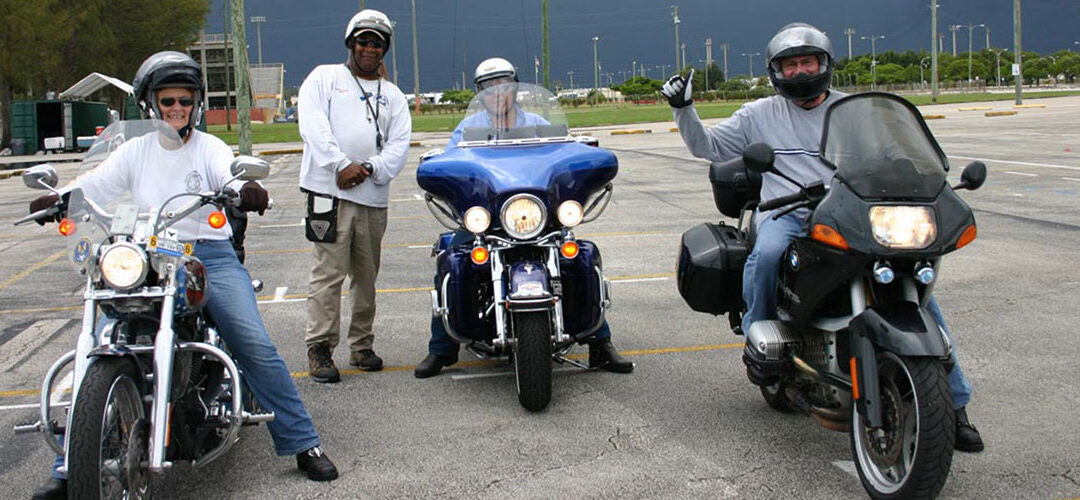Embarking on the journey of learning to ride a bike is not just about mastering the art of balancing on two wheels; it’s a rite of passage, a symbol of freedom, and a skill that opens up new avenues of exploration. Bike lessons play a crucial role in transforming novices into confident riders, providing a structured and safe environment for learning. In this comprehensive guide, we delve into the intricacies of how bike lessons work, exploring the key elements that make this journey enjoyable and effective.
- The Basics: Getting Started
Bike lessons typically begin with the basics – understanding the different components of a bicycle, learning about safety gear, and familiarizing oneself with the rules of the road. Instructors emphasize the importance of protective equipment, such as helmets, gloves, and knee pads, ensuring that safety is ingrained from the very start. Students are introduced to the ABCD check – Air, Brakes, Chain, and Direction – a routine that becomes second nature for every rider.
- Choosing the Right Instructor:
Selecting the right instructor can make a significant difference in the learning experience. Certified instructors bring a wealth of knowledge, experience, and a structured curriculum to the table. They guide students through the learning process, providing valuable insights, constructive feedback, and a sense of reassurance. Whether through individual lessons or group sessions, a good instructor tailors the lessons to the student’s pace, ensuring a comfortable and effective learning environment.
- Progressive Learning:
Bike lessons are designed to be progressive, gradually building on the skills acquired in previous sessions. Beginners start in controlled environments, such as parking lots or closed-off areas, where they can focus on fundamental skills like starting, stopping, and turning. As proficiency increases, lessons move to more challenging scenarios, including navigating traffic, handling intersections, and mastering advanced maneuvers.
- Hands-On Practice:
The heart of bike lessons lies in hands-on practice. Students spend a significant amount of time on the saddle, honing their skills through practical experience. Instructors use a variety of teaching aids, such as cones and markers, to create simulated scenarios that mimic real-world riding conditions. These exercises help students develop muscle memory, refine their balance, and enhance their overall control of the bike.
- Traffic Awareness and Road Etiquette:
Navigating traffic is a crucial aspect of bike lessons, and students are introduced to the intricacies of sharing the road with other vehicles. Lessons cover essential traffic rules, road signs, and the art of defensive riding. Instructors emphasize the importance of situational awareness, teaching students to anticipate potential hazards and make informed decisions on the road. Understanding road etiquette and respecting other road users are integral parts of becoming a responsible and safe rider.
- Emergency Maneuvers and Problem-Solving:
No bike lesson is complete without addressing emergency situations. Instructors guide students through emergency braking techniques, swerving maneuvers, and evasive actions. This prepares riders to handle unexpected challenges on the road effectively. Problem-solving exercises, such as dealing with mechanical issues or unexpected road obstacles, are also included in the curriculum to instill confidence in facing real-world scenarios.
- Theory and Classroom Sessions:
While hands-on practice is central to bike lessons, theoretical knowledge plays a complementary role. Classroom sessions cover topics such as bike maintenance, understanding the mechanics of a bicycle, and the physics of riding. Additionally, students learn about the legal aspects of biking, insurance requirements, and the importance of regular safety checks. The combination of practical skills and theoretical knowledge ensures a well-rounded education for aspiring riders.
- Graduation and Certification:
As students progress through the curriculum and demonstrate their competence on the bike, they reach the culmination of their lessons – graduation. Successful completion of the course often comes with a certification, validating the rider’s ability to safely and confidently navigate the roads. This certification can be a source of pride and a valuable asset for those seeking to obtain a motorcycle license.
Conclusion:
Learning to ride a bike is a transformative experience that goes beyond acquiring a new skill; it’s about embracing a lifestyle of freedom and exploration. Bike lessons provide a structured and supportive environment for individuals to embark on this journey, guided by experienced instructors and a comprehensive curriculum. From the basics of bike anatomy to mastering advanced maneuvers and navigating traffic, these lessons equip riders with the skills and knowledge needed to navigate the open road safely. So, whether you’re a complete beginner or someone looking to enhance your riding skills, enrolling in bike lessons is the first step toward becoming a confident and responsible rider.


Recent Comments